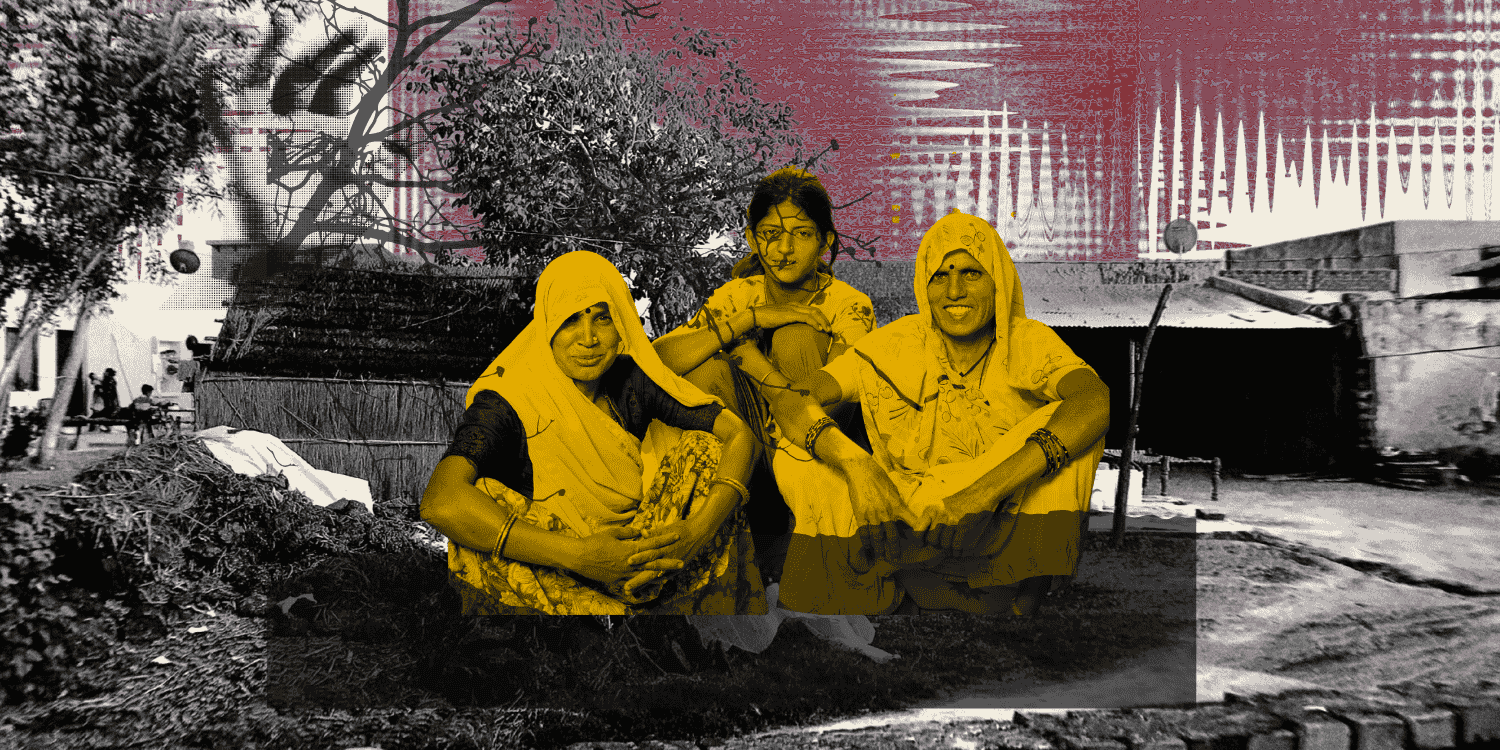ABSTRACT
According to the World Bank, India has the third-largest higher education system in the world followed by the United States of America and China. However, the Gross Enrollment Ratio (GER) in higher education in India is merely 26.3%. In this context, this issue brief brings to fore the unnoticed challenges surrounding higher education in public universities in India, rooted in the slow and gradual demise of public funding for research and innovation, steered by a substantial cut in allocation for grants and scholarships. It further highlights the critical importance of the State in addressing these challenges and further ensuring a paradigm shift in higher education in public universities.
INTRODUCTION- INDIA AND HIGHER EDUCATION AT A GLANCE
For nations worldwide, higher education1 is instrumental in the development of human capital as well as in facilitating informed decision-making processes and fostering public debate and dialogue (Rajapakse 2016). Accessibility and affordability to higher education and research and innovation are instrumental in laying the foundation of a knowledge-based economy. It is an effective tool for redistribution of economic, political and social opportunities for the disadvantaged, marginalized and excluded groups, by providing means to ensure horizontal and vertical mobility2.
According to the World Bank, India has the third-largest higher education system in the world followed by the United States of America and China. However, the Gross Enrolment Ratio (GER) in higher education in India is 26.3%. Out of the total number of students enrolled in higher education programmes, about 79.8% of students are enrolled in undergraduate level programmes, in contrast to less than 0.53% students enrolled in Doctoral/PhD programmes (AISHE 2019). There has further been a 10% decline in the total enrolment rate for undergraduate courses, from 89% in 2005 to 79.4% in 2012 (Varghese 2015).
From a global perspective, India spends only a 3.8% share of its total GDP on education. In 2000, India spent 0.77% of its total GDP on higher education, which fell to 0.63% in 2015. On the other hand, China’s expenditure on higher education has increased from 0.89% in 2000 to 2.11% in 2016 (Raman 2019). More specifically, currently, India’s investment in the field of research and development stands at 0.68% of the total GDP as compared to 2.8%, 2.1% and 4.2% in USA, China and South Korea respectively (Venkatasubramanian 2019).






